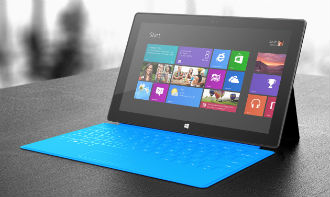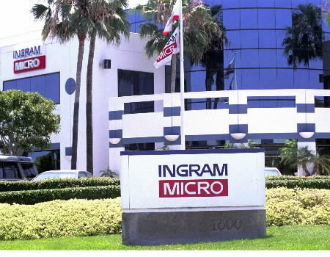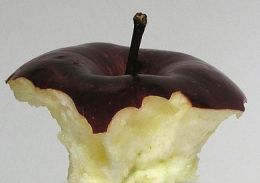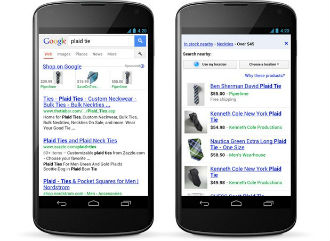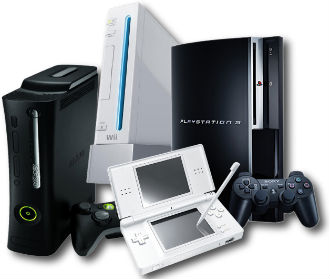 Demand for traditional desktops and laptops has been waning for years and the last two quarters saw the biggest slump in PC shipments in decades, but Google’s Chromebooks have bucked the trend.
Demand for traditional desktops and laptops has been waning for years and the last two quarters saw the biggest slump in PC shipments in decades, but Google’s Chromebooks have bucked the trend.
Envisioned as cheap alternatives to Windows based laptops and netbooks, Chromebooks are cheap and cheerful, usually priced between $199 and $299. Although the market is still on a tablet binge, consumers seem to be quite interested in Chromebooks as well.
NPD estimates that Chromebooks have already managed to seize 20 to 25 percent of the sub-$300 laptop market in the Land of the Free. Overall, Chromebooks had a 4 to 5 percent market share in the first quarter, up from one to two percent a year ago.
That is a pretty impressive share for a category of products that practically didn’t exist a year ago and even today many consumers have no idea what a Chromebook actually is. NPD analyst Stephen Baker told Bloomberg that he was initially sceptical, but he now believes Chrombooks have managed to find a niche in the marketplace.
“The entire computing ecosystem is undergoing some radical change, and I think Google has its part in that change,” he said.
The untimely demise of the netbook also played a role in the Chromebook surge. Although netbooks weren’t that big among average consumers, they were essentially a good way of getting very cheap yet fully functional computers to schools and other institutions on a budget.
Chromebooks are just more of the same, but their success beckons the question – couldn’t have Intel and Microsoft played their netbook cards a bit better five years ago? After all, Google seems to be proving that there is still enough room for dirt cheap laptops, in spite of the tablet juggernaut. It seems Intel made a terrible strategic miscalculation with Atom cores.
Five years ago Chipzilla didn’t want to peddle high-volume low-margin chips, yet now it is struggling to come up with competitive mobile SoCs, which are basically an evolution of the original Atom concept. Maintaining higher margins and appeasing the Street with good quarterly results seems to have been more important than a comprehensive long-term mobile strategy.
